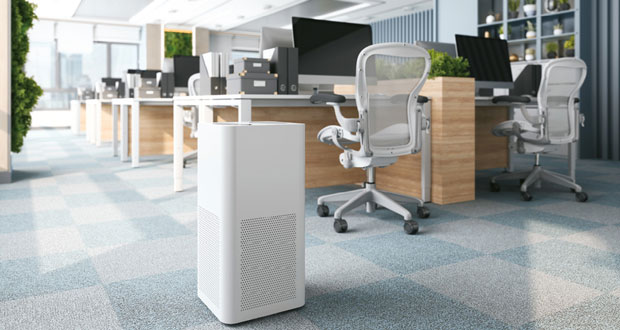With UK employers calling staff back to the office faster than at any time since the pandemic, energy efficiency experts are warning that whilst the desks are already filling up, the buildings themselves may not be ready.
A new survey from the British Chambers of Commerce found that 48 per cent of businesses now expect full-time in-office attendance within the next year, nearly double the share in 2023. Another 41 per cent have tightened attendance rules in the past year. The survey also revealed that such changes aren’t always met positively, as nine per cent of employees have already resigned over return-to-office demands.
But the return brings more challenges than employers are ready to address, warns experts from Exergio, an energy efficiency company working with commercial buildings. They claim that many office systems can’t match heating and cooling needs to actual occupancy, something that has to be solved “first and foremost”.
Generally, an increasing number of people on-site means higher demand for consistent heating, cooling, and air quality.
Donatas Karčiauskas, CEO of Exergio said: “Nowadays, a half-empty office may still be cooled like it’s full, and the meeting room packed at 3 p.m. relies on a schedule set for 9 a.m. Static control made sense when occupancy was predictable, but now it’s not, and we must implement new solutions for that. That mismatch leads to wasted energy and uneven comfort.”
Karčiauskas suggests that AI-based control systems could synchronise building operations while taking real-time occupancy and other conditions into consideration, all while working with the existing infrastructure.
Such systems optimise and improve themselves by tracking data from various sensors, historical occupancy, and weather forecasts, adjusting heating and cooling in real time. Independent studies show it is able to cut HVAC energy use by 20–30 per cent while retaining the comfort of the occupants.
Karčiauskas continued: “Comfort has become a deciding factor in whether staff accept the idea of returning to the office. If you want people to come back, don’t greet them with a stuffy meeting room or an ice-cold desk. I believe comfort increases productivity, and we can achieve it with smart energy systems.”
The comfort issue is becoming harder to ignore, according to Karčiauskas. Northern Europe is facing more heatwaves recently, which causes office energy management systems to operate at maximum capacity.
“We can’t demand people to come back to offices if we’re not keeping up with their comfort demands first. Another heatwave is brewing in the UK as we speak, and we’ve already seen how people feel in the offices during the 30-degree days,” he noted. “Northern offices weren’t built for this extreme heat. Lack of productivity is one thing, but it’s also becoming a health concern.”
According to experts, many offices are still unprepared to provide consistent comfort to their employees due to shifting occupancy patterns and more frequent extreme weather.
The first step, they argue, is to invest in energy optimisation tools that adjust heating and cooling in response to actual occupancy and indoor conditions.
“We’ve already solved the technology part,” Karčiauskas says. “You don’t need to rip out your systems or start a renovation. Installing systems that make your building smart enough to respond to climate change is the way to go.”





